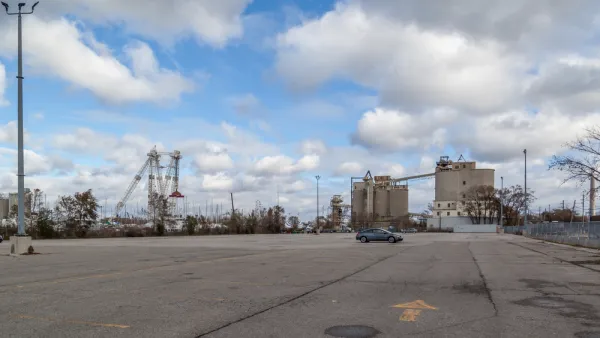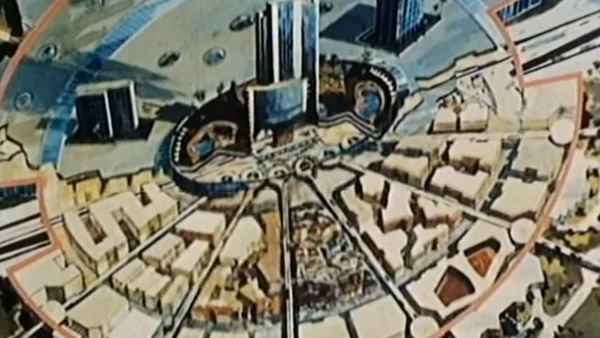The 'smart city' concept fails to take into account the necessary slowness of democracy and the unpredictability of a city's human inhabitants.

In an excerpt from her book A City is Not a Computer, author Shannon Mattern argues that the 'smart city' concept touted by Google's Sidewalk Labs and other technologists has not lived up to its promises, in part because the "move fast and break things" mentality typical of big tech runs up against the sometimes glacial pace of civic bureaucracy.
In an example from Toronto's Quayside project, the Sidewalk team "encountered, through the design process, the (often productive) slowness and friction of government bureaucracy and democratic deliberation." In the end, "[a]fter a long, messy process plagued by controversy over financing, governance, data privacy, and a host of other concerns, [CEO of Bloomberg LP Dan] Doctoroff took again to Sidewalk Talk in May 2020 to announce that the Quayside project was pulling the plug." According to local Sidewalk critic and public technology expert Bianca Wylie, "[w]hile the failure is certainly due in part to a changed world … this explanation brushes under the rug years of sustained public involvement in the project, from supporters and critics alike. From its inception, the project failed to appreciate the extent to which cities remain strongholds of democracy" and how the unpredictability of the human element makes it impossible to 'program' a city.
"[S]mart technologies often furnish convenient stopgap solutions; they provide a quick, and often lucrative, targeted fix that absolves leaders of the responsibility to investigate and resolve the root causes for health and racial injustices and systemic breakdowns." But while "Silicon Valley moves fast and breaks things," writes Mattern, "cities, if responsibly designed and administered, can’t afford such negligence—even if multiple converging crises seem to necessitate the rapid prototyping of urban solutions."
FULL STORY: Why high-profile smart cities fail, from Sidewalk’s Quayside to Amazon’s HQ2 in Queens

National Parks Layoffs Will Cause Communities to Lose Billions
Thousands of essential park workers were laid off this week, just before the busy spring break season.

Retro-silient?: America’s First “Eco-burb,” The Woodlands Turns 50
A master-planned community north of Houston offers lessons on green infrastructure and resilient design, but falls short of its founder’s lofty affordability and walkability goals.

Delivering for America Plan Will Downgrade Mail Service in at Least 49.5 Percent of Zip Codes
Republican and Democrat lawmakers criticize the plan for its disproportionate negative impact on rural communities.

Test News Post 1
This is a summary

Test News Headline 46
Test for the image on the front page.

Balancing Bombs and Butterflies: How the National Guard Protects a Rare Species
The National Guard at Fort Indiantown Gap uses GIS technology and land management strategies to balance military training with conservation efforts, ensuring the survival of the rare eastern regal fritillary butterfly.
Urban Design for Planners 1: Software Tools
This six-course series explores essential urban design concepts using open source software and equips planners with the tools they need to participate fully in the urban design process.
Planning for Universal Design
Learn the tools for implementing Universal Design in planning regulations.
EMC Planning Group, Inc.
Planetizen
Planetizen
Mpact (formerly Rail~Volution)
Great Falls Development Authority, Inc.
HUDs Office of Policy Development and Research
NYU Wagner Graduate School of Public Service




























